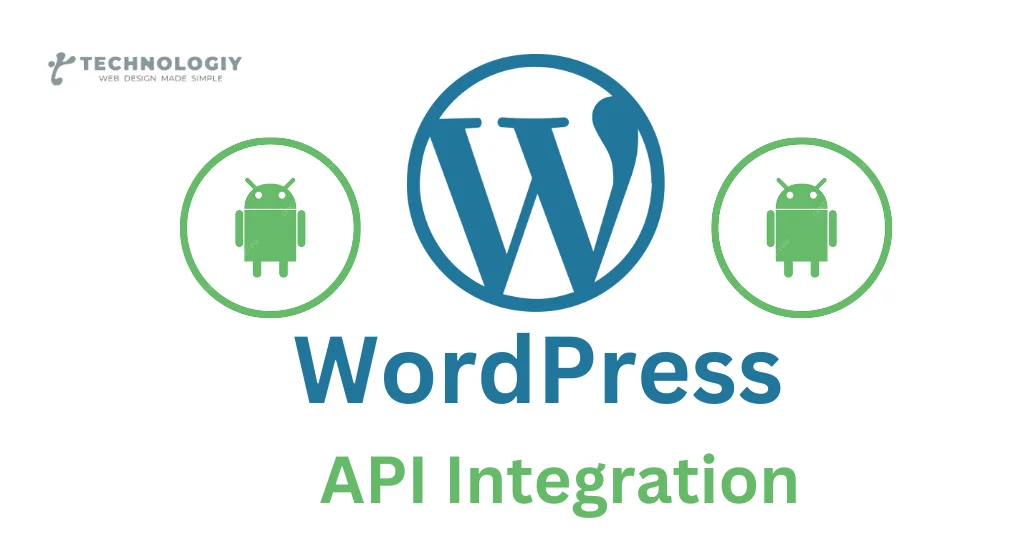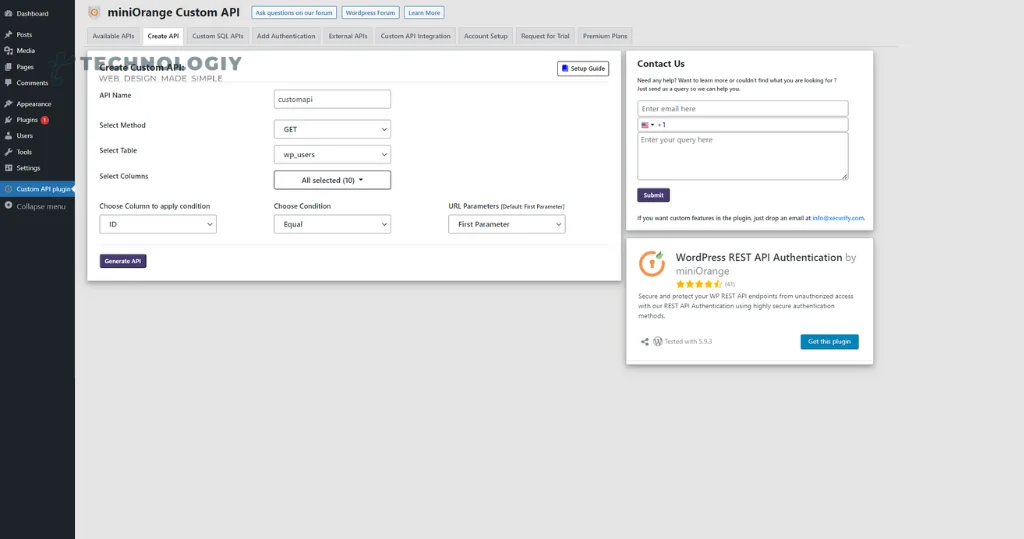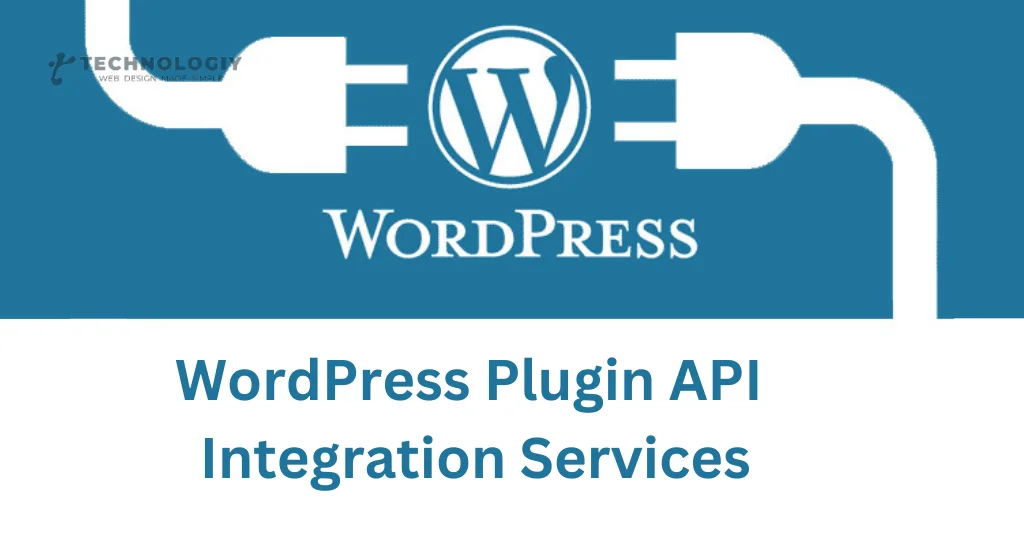Unlock the Power of WordPress: A Beginner’s Guide to WordPress Plugin API Integration. Are you a dedicated WordPress aficionado seeking to elevate your website’s capabilities? If so, you’re in luck! In this beginner’s guide, we will explore the world of WordPress Plugin API Integration and show you how to unlock the full potential of this powerful platform.
What is WordPress Plugin API Integration?
WordPress Plugin API Integration refers to the process of seamlessly integrating third-party plugins into your WordPress website. With thousands of plugins available, this integration allows you to extend the functionality of your website without having to write complex code from scratch.
Why is Plugin API Integration Important?
By integrating plugins into your WordPress website, you can add new features, improve user experience, and enhance your website’s overall performance. Whether you want to optimize your site for search engines, add social sharing buttons, or create a stunning gallery, plugins can help you achieve your goals with ease.
Getting Started with Plugin API Integration:

Choose the Right Plugins:
The first step in integrating plugins is to choose the right ones for your website. Research and identify plugins that align with your specific needs and goals. Look for plugins with positive reviews, regular updates, and good support from the developers.
Install and Activate:
Once you’ve chosen your desired plugins, it’s time to install and activate them on your WordPress website. You can do this by going to the “Plugins” section in your WordPress dashboard, clicking on “Add New,” and then searching for the plugins by name. Once you find them, click on “Install Now” and then “Activate.”
Configure Plugin Settings:
After activating the plugins, you’ll usually need to configure their settings. Each plugin will have its own set of options and configurations, so take the time to go through them one by one. This will ensure that the plugins are tailored to meet your specific requirements.
Customize Plugin Appearance:
Most plugins offer customization options to match your website’s design. Take advantage of these settings to seamlessly integrate the plugins into your website’s overall look and feel. This will help create a cohesive user experience and maintain a consistent brand image.
Test and Troubleshoot:
Once you’ve configured and customized your plugins, it’s important to thoroughly test them before making them live on your website. Check for any compatibility issues, conflicts with other plugins, or errors that may arise. In case you encounter any problems, reach out to the plugin developer’s support team for assistance.
Keep Plugins Updated:
To ensure optimal performance and security, it’s crucial to keep your plugins regularly updated. Developers often release updates that address bugs, introduce new features, and enhance compatibility with the latest version of WordPress. Make it a habit to check for plugin updates and install them promptly.
WordPress Plugin API Integration opens up a world of possibilities for your website. With the right plugins, you can supercharge your site’s functionality and offer an exceptional user experience. Remember to choose reputable plugins, configure them properly, and keep them updated to maximize their potential.
So, what are you waiting for? Start exploring the vast array of plugins available for WordPress Plugin API Integration and unlock the power of your website today!
Mastering WordPress Plugin API Integration:
Welcome to our comprehensive step-by-step tutorial on mastering WordPress Plugin API Integration. If you’re a WordPress enthusiast looking to take your website to the next level, understanding how to effectively integrate plugins using the WordPress Plugin API is essential. In this tutorial, we will guide you through the process, providing clear instructions and practical examples along the way.

What is WordPress Plugin API Integration?
WordPress Plugin API Integration refers to the process of connecting external plugins with your WordPress website using the WordPress Plugin API. This powerful feature allows you to extend and enhance the functionality of your website by integrating third-party plugins seamlessly.
Understanding the WordPress Plugin API:
Before we dive into the integration process, it’s crucial to familiarize yourself with the WordPress Plugin API. This interface serves as a bridge between your website and the plugins you wish to integrate. It provides a set of functions, hooks, and filters that enable communication and interaction between your website and the plugins.
Step 2: Choosing the Right Plugin:
The first step in integrating a plugin is selecting the right one for your needs. With thousands of plugins available, it’s important to choose a reliable, well-supported plugin that aligns with your website’s goals and requirements. Look for plugins that have positive reviews, regular updates, and a solid track record.
Step 3: Installing and Activating the Plugin:
Once you’ve chosen the plugin, the next step is to install and activate it on your WordPress website. To accomplish this, simply go to your WordPress dashboard, access the “Plugins” section, click on “Add New,” and then search for the desired plugin by its name. Once you find it, click on “Install Now” and then “Activate” to enable the plugin on your website.
Step 4: Configuring Plugin Settings:
After activation, most plugins will have settings that need to be configured. These settings may vary depending on the plugin’s functionality. To access the settings, go to the “Plugins” section, locate the plugin you want to configure, and click on the “Settings” or “Configure” option. Follow the instructions provided by the plugin developer to set up the desired features and options.
Step 5: Integrating the Plugin using WordPress Plugin API:
Now comes the exciting part – integrating the plugin using the WordPress Plugin API. The API provides various hooks and filters that allow you to customize and extend the plugin’s functionality to suit your website’s specific needs. To begin, you’ll need to understand the available hooks and filters provided by the plugin developer. These can typically be found in the plugin’s documentation.
Step 6: Enhancing Plugin Functionality with Custom Code:
In some cases, you might want to further enhance the plugin’s functionality beyond what is available through the provided hooks and filters. This is where custom code comes into play. By utilizing PHP and the WordPress Plugin API, you can create custom functions and actions to extend the capabilities of the integrated plugin. However, be cautious when modifying plugin code to ensure compatibility and future updates.
Step 7: Testing and Troubleshooting:
After integrating the plugin and implementing any custom code, it’s crucial to thoroughly test your website to ensure everything is functioning as expected. Please inspect for any errors, contradictions, or unanticipated responses.. If any issues arise, refer to the plugin documentation, support forums, or contact the plugin developer for assistance.
WordPress Plugin API Integration Services
Congratulations! You’ve successfully mastered WordPress Plugin API Integration. By following this step-by-step tutorial, you’ve learned how to select, install, activate, configure, and integrate plugins using the WordPress Plugin API. With this newfound knowledge, you can now enhance your WordPress website with powerful features and functionalities that were previously out of reach. So, go ahead, explore the vast world of WordPress plugins, and take your website to new heights!
Remember, WordPress Plugin API Integration is an ongoing learning process. Stay updated with the latest releases, best practices, and security measures to ensure a smooth and successful integration experience. Happy plugin integrating!
